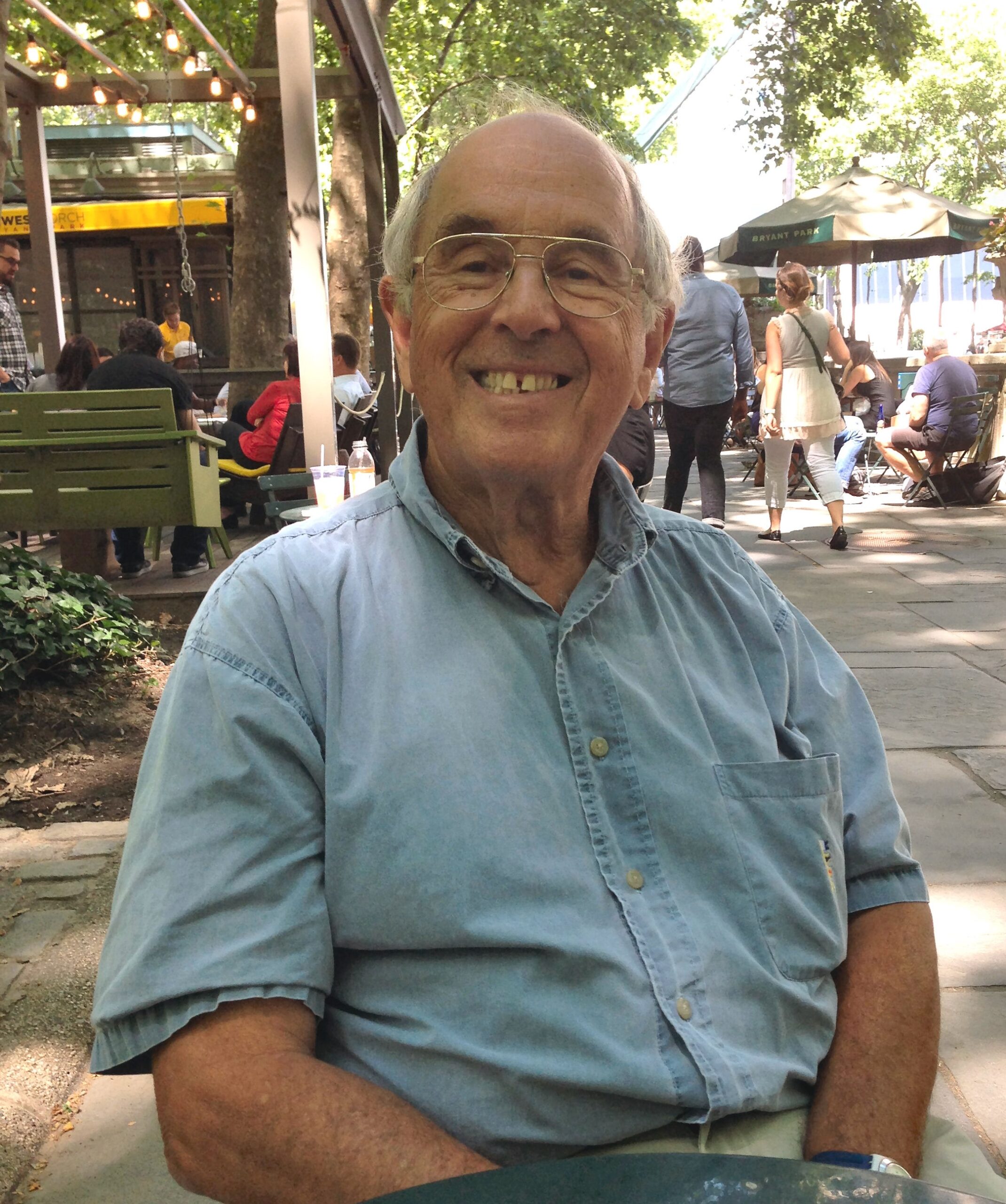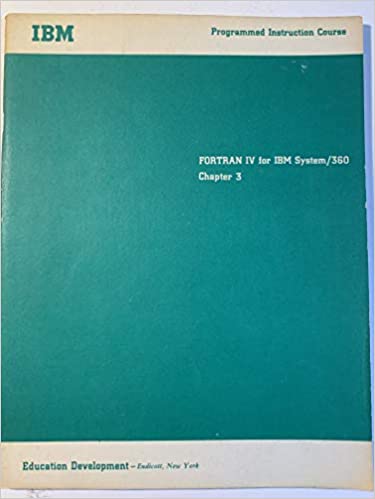When I took a summer internship at Johnson & Johnson between my first two years of graduate school, I did not think that a man I met there would transform my plan to become a college professor into something entirely different. He didn’t either, but he taught me things that created a new and remarkably successful career path for me, and a long-lasting friendship.
I needed to use computer programs to do some statistical calculations for my work at J&J and my manager sent me to see Mal Singerman, the manager in charge of “operations research” at the company. That fancy title for statistical analysis meant he had access to the programs and IBM mainframe computers I needed to do the work I was tasked with.

Helping me was about the last thing this busy man needed to do but we quickly discovered common interests and before long I was spending lunch hours playing cribbage with Mal and his computer department buddies.
My immediate needs were met by key-punching control information and data into prepackaged programs, but as I neared my second year of grad school I planned a research project that required a custom program. Mal offered to teach me Fortran IV using an IBM Programmed Instruction course.
That course was the key that unlocked the door to my future.
After the course was done I spent much of fall semester at the university data center developing the (successful) program for my research. Then, during spring semester I worked on converting an econometric program to the new IBM 360 model computers, and by the end of the school year I was earning money writing custom programs for other graduate students and faculty.
By that time Mal and I had become good friends who spent a lot of time together, swapped dinners and recipes, and reconstructed the old farmhouse he had bought for his family. When I would ask him for guidance on a programming problem, he’d just say, “You got ahead of me.”

Instead of finishing my PhD I opted to work at the university’s data center for a while and went on to a series of analytical and programming jobs at computer companies and financial institutions. When the PC revolution erupted, I joined in by writing articles for computer magazines that either explained how to use this suddenly available computer technology or recommending the best hardware and software products to use.
Mal read every article and became my biggest and most helpful fan. He was a bit envious of my access to the latest gear, and when I got a second generation IBM PC he dragged his family 150 miles to my house so he could see it.
Friendships that emerge from mentor relationships are rare, but “rare” and “never” are not the same thing. We remain close friends more than 50 years later and although we live on opposite sides of the country we talk frequently, and occasionally visit.
It’s quite amazing what a few hundred pages of programmed instruction has done.
I met Mal in 1968 and he remains one of my closest friends to this day.
Great article!
“Mal read every article and became my biggest and most helpful fan” really resonated with me.
Lovely story!
John is (as usual), too modest about his own accomplishments, and too generous in giving credit to others, While I may have started him down the pathway of programming, the “student” soon passed the “master” and left me gasping in admiration in his wake. One of the first Fortran subroutine that I helped him develop (XORT…as in “Call XORT”) caused IBM’s biggest scientific computer of the day (the 7094) to develop conniption fits and crash.